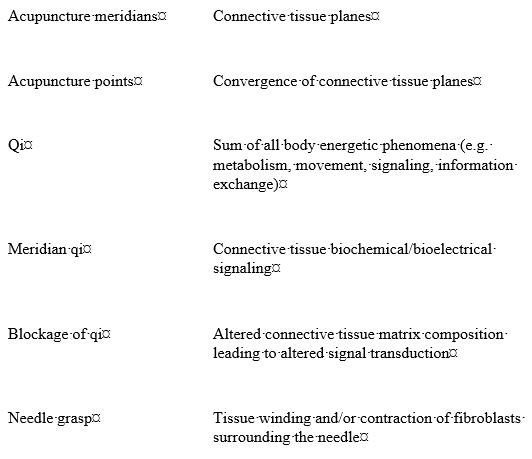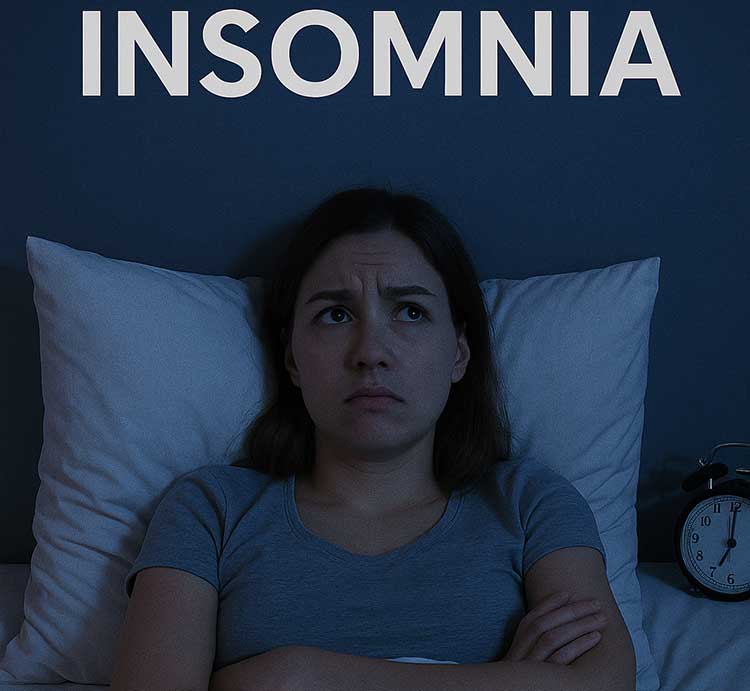Dr. Tatyana's Health and Wellness Blog
Treating the whole person to restore optimal health. Check back often for up-to-date news and information about acupunture and Chinese medicine.
Most Recent Posts ...
Posted on: 12/22/2025
Posted on: 12/8/2025
Posted on: 11/24/2025
Posted on: 11/10/2025
Search All Blog Posts
Blog Post Archive Categories
- Top 5 Ways to Stay Healthy This Winter and Avoid the Flu
- Happy Thanksgiving: A Season of Gratitude, Healing & Reflection
- Salt Room Therapy: Your Sanctuary for Breathing, Healing & Deep Relaxation
- Acupuncture for Insomnia & Anxiety: Restoring the Calm Within
- Quieting the Storm: How Acupuncture and Neurofeedback Can Help Functioning Alcoholics Break Free
- How Acupuncture Can Help Restore Menstrual Health in Amenorrhea
- Chronic Fatigue and Chronic Inflammation: A Holistic Look Through Western and Eastern
- The Hidden Dangers of Overusing Supplements: Are You Taking More Than You Should?
- The Importance of Exercise and How to Stay Motivated for a Healthier You
- "Findley TW. Fascia Research from a Clinician/Scientist’s Perspective. International Journal of Therapeutic Massage & Bodywork. 2011;4(4):1-6."
- Ingber, D. E. (2008). Tensegrity and mechanotransduction. Journal of Bodywork and Movement Therapies, 12(3), 198–200. https://doi.org/10.1016/j.jbmt.2008.04.038
- Langevin, H. M., & Yandow, J. A. (2002). Relationship of acupuncture points and meridians to connective tissue planes. The Anatomical Record, 269(6), 257-265. doi:10.1002/ar.10185
It`s All Connected

Every day I tell my patients: “It’s all connected.” They may come see me for shoulder pain, but after intake we make sure to determine that no trauma or injury happened prior to the pain. More often than not, severe stress is the common issue. In other words, every time they are stressed, they experience pain.
Patients are surprised that it’s possible for stress to affect the physical body until I explain how the mind and body are connected through the facia, nerves, blood, and neuroendocrine pathways. Another example is how even 10 years after a car accident, the same pain will arise with just a thought. The power of our cells’ memory and the ability of our bodies to project that information
from the brain to the physical body fascinate me.
I like to explain to my patients how the body is a whole unit. The arm or shoulder or lower back cannot exist alone and function properly without its connection to the body. A main component holding the whole body together in the connective tissue is fascia. Findley defines fascia as “a sheet or band of fibrous connective tissue enveloping, separating, or binding together muscles,
organs, and other soft structures of the body.” Without fascia, the whole body would look like a gelatinous unformed shape.
We often think that the bones and muscles play the main role in holding the body together. They do, to a certain extent. Our body is like a ship; the brain is the captain, the heart is the motor, and the other parts electrically (nerves) and mechanically (fascia, bones, ligaments) connect to each other. If one part is broken or missing, the ship slows down and potentially stops. Again, it’s all
connected.
While I was searching for an article about fascia, I found a very an interesting publication by Thomas Findley, entitled “Fascia research from clinician/scientist’s perspective.” Dr. Findley is the executive director of the Fascia Research Center and the Ida Rolf Research Foundation. He is an MD specializing is physical medicine and rehabilitation. Honestly, I did not have any idea
that fascia had its own research center and foundation. In fact, Berlin (2) will host the Fifth International Fascia Research Congress in 2018, discussing numerous topics such as fascia in sports and movement, matrix biology and fluid dynamics, new hypotheses, and experimental research methods. It’s so amazing to see a broad presentation of the fascia field, which gives us a
perspective of the importance of fascia’s role.
I would like to highlight a few aspects from this article that, as an acupuncturist and energy practitioner, I found most interesting. The researchers demonstrated that muscles hardly ever transmit their full force directly from the tendons into the skeleton. Rather, they contribute a large portion of contractile force onto fascial sheets. For example, in the gluteus maximus muscle, 85% of the fibers connect to distal fascia lata. Muscles also transmit force laterally to neighboring muscle instead of to the muscle tendon. This force creates synergistic patterns as well as crosses the limb to antagonistic muscles. In this way, they stiffen not only the respective joint, but can affect a region several joints away (p. 2).
Based on this finding, it could be difficult to say which muscle is involved in every specific movement. Does this mean that performing a specific orthopedic test to determine what joint or muscle is involved is no longer considered accurate? Of course, during a physical exam we should always think broader and never forget to include an assessment of the neighboring joints
and muscle groups to help determine the appropriate treatment.
The article went on to explain the neuro-muscular connection. Nerves in the motor cortex of the brain communicate with the muscles via a synapse on the spine. This connection will initiate the movement. The individual motor units used for a movement depend on the force required. If more force is required, motor units with a larger number of muscle fibers are used. This is the
sharing the load concept: Without consciousness, if we experience more unexpected resistance, more units are automatically brought to bear.
Another interesting fact about fascia is how it connects not only muscles and ligaments, but also reaches to the very interior of the cell, all the way to the nucleus. Dr. Inger provided a brief overview of a lecture presented at the 1st International Fascia Research Congress that convened at Harvard Medical School in Boston, MA, on October 4, 2007. “In this lecture, I described what
we have learned over the past thirty years because our research focused on the molecular mechanisms by which cells sense mechanical forces and convert them into changes in intracellular biochemistry and gene expression—a process called ‘mechanotransduction.’ This work has revealed that molecules, cells, tissues, organs, and our entire bodies use ‘tensegrity’
architecture to mechanically stabilize their shape, and to seamlessly integrate structure and function at all size scales” (2).
The deep fascia is a highly vascular structure, with a superficial and deep layer. It’s a metabolically active vascular layer that provides a gliding and protective function. The loose connective tissue surrounding the organs and muscles has four main components: collagen, elastin, grounds substance, and interstitial fluids (1). Humans’ extracellular volume is 15 L, with
normal blood plasma volume of 3 L; 6-10 L pass through the lymph system each day, with a resulting turnover of extracellular fluid every 48 hours. This reminds of us the importance of body hydration every day.
Is there any connection between acupuncture and fascia? Absolutely. The table below is summary of the proposed model of physiological effects seen in acupuncture
(3). 
Acupuncture meridians represent the channels connecting the surface of the body to internal organs: the left part to the right, the top with the bottom. The network between all acupuncture points and meridians is represented as a connective tissue network. This hypothesis is supported by ultrasound images showing the connective tissue groove plane at acupuncture points in
normal human subjects (3). To test this hypothesis, acupuncture points were mapped in serial gross anatomical sections, and 80% of correspondence was found between the sites of acupuncture points and intramuscular connective tissue planes, leading to the intergrade and prioritized role of interstitial connective tissue as part of the energy distribution during needle insertion.
In conclusion, we can see the role of fascia in our daily lives. It is holding, connecting, conducting, and nourishing. Life is all about movement, but such movement would not be possible without fascia. In our society, with the lifestyle we have—sitting a lot, spending hours on the internet, overeating, not sleeping, and not managing stress well—all these factors affect our body’s normal functioning. Only with movement (e.g., stretches, yoga), proper water intake, and cardio activity can we help our fascia function properly. It’s all simple and costs almost nothing.
References:




